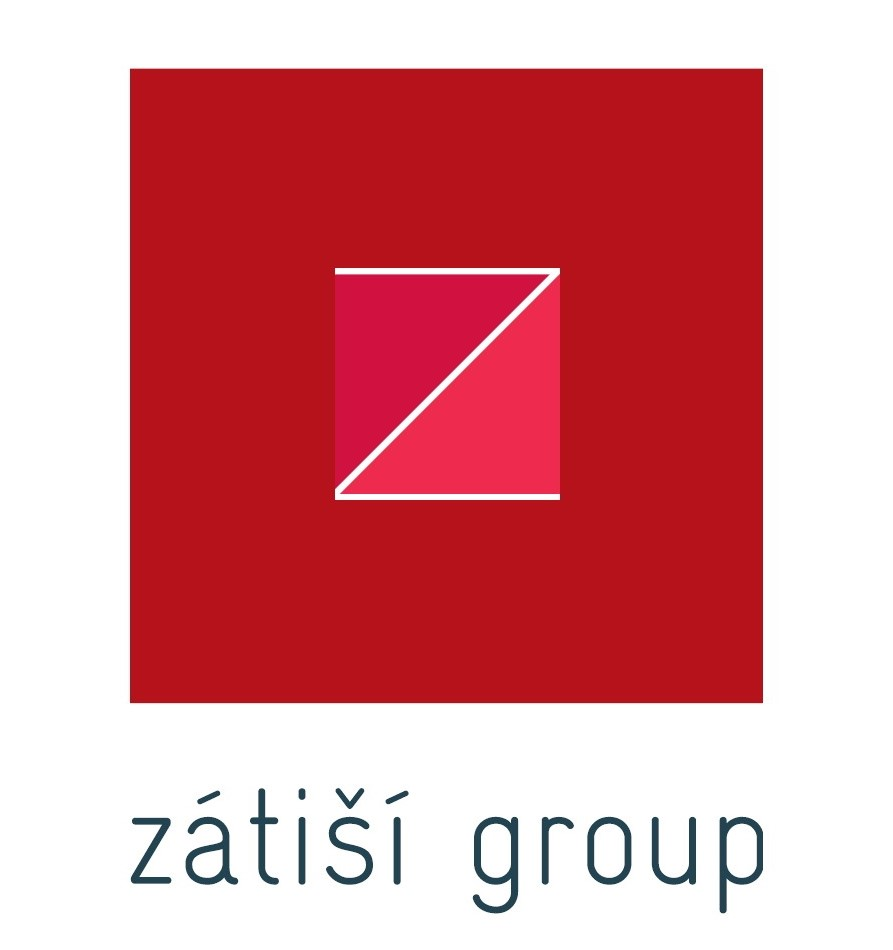2011 CMS study reveals a return to a more seller-friendly market
16.05.2011Company: CMS
European Law Firm CMS Publishes 3rd Annual European M&A Study
A return of the sellers’ market, and increased deal flow – these are among the headline findings of the CMS European M&A Study 2011 launched today.
The study analyses exclusive data compiled from more than 1,000 of its own M&A deals since 2007, including some 300 deals in 2010 alone. The Study shows a clear shift back toward sellers, following last year’s significant swing toward buyers.
“During 2010, we saw a 25 per cent increase in the number of M&A deals compared to 2009, a trend which is continuing into 2011,” said Thomas Meyding, Head of the CMS Corporate Group. “The shift of contractual risks back to buyers is unlikely to reach the levels of 2007, before the financial crisis, but there are certainly swings back to a sellers’ market, as more investors are keen to do business.”
The Study reports on key trends from 2010, including purchase price adjustments, locked box mechanisms, earn-outs, de minimis and basket provisions, liability caps and limitation periods. The Study also tracks trends over the four-year period 2007-2010. Some of the key findings include:
- A more marked reduction in purchase price adjustments, down a further 13% points in 2010 from 2009, and a much greater use in Continental Europe of locked box mechanisms, which depend on thorough financial due diligence by the buyer and a stable working capital position;
- Earn-out periods became shorter, as demonstrated by 65% of such earn-outs being payable within 24 months compared with just 51% in 2009, indicating that sellers are banking on a quicker return;
- A 7% increase in 2010 from 2009 on deals featuring a repetition of all warranties on closing;
- A slight decrease in the number of deals with de minimis provisions; more deals had basket threshold provisions and still more deals featured recovery on an ‘excess only’ basis, indicating perhaps a gradual movement towards US deal norms;
- The percentage of transactions where the liability cap exceeded 50% of the purchase price has declined when measured against the peak of the last two quarters of 2009;
- The proportion of deals with general warranty limitation periods exceeding 24 months has generally flatlined at around 27% since its peak in the second quarter of 2009, and declined notably in the last quarter of 2010
The Study highlights significant cultural and regulatory differences between Europe and the United States. Chiefly, the comparison shows material adverse change (MAC) clauses are used in 80% of deals in the US compared with just 16% of deals in Europe. Basket thresholds for warranty claims are much more prevalent in the US, and the basis of recovery differs (‘excess only’ being more popular in the US). Working capital adjustments continue to be by far the most frequently used criteria for purchase price adjustments in the US, and basket thresholds tend to be lower in the US with 89% being less than 1% of the purchase price compared with 49% in Europe.
In Central and Eastern Europe (CEE) earn-out deals were rare (only 8%) and non-compete clauses also used much less frequently then elsewhere in Europe. Arbitration continues to be main dispute resolution forum in CEE – 76% compared with the European norm of 33%. Non-compete clauses are rarer in deals within CEE than elsewhere in Europe.
‘The risk profile of the CEE region as an emerging market is still reflected in the terms and conditions of M&A deals. However with increased levels of activity the risk allocation is normalizing. I think it is fair to say that in 2011 we will see a more level playing field between sellers and buyers’ - says Helen Rodwell, CEE Head of Corporate Practice.
www.cmslegal.com







